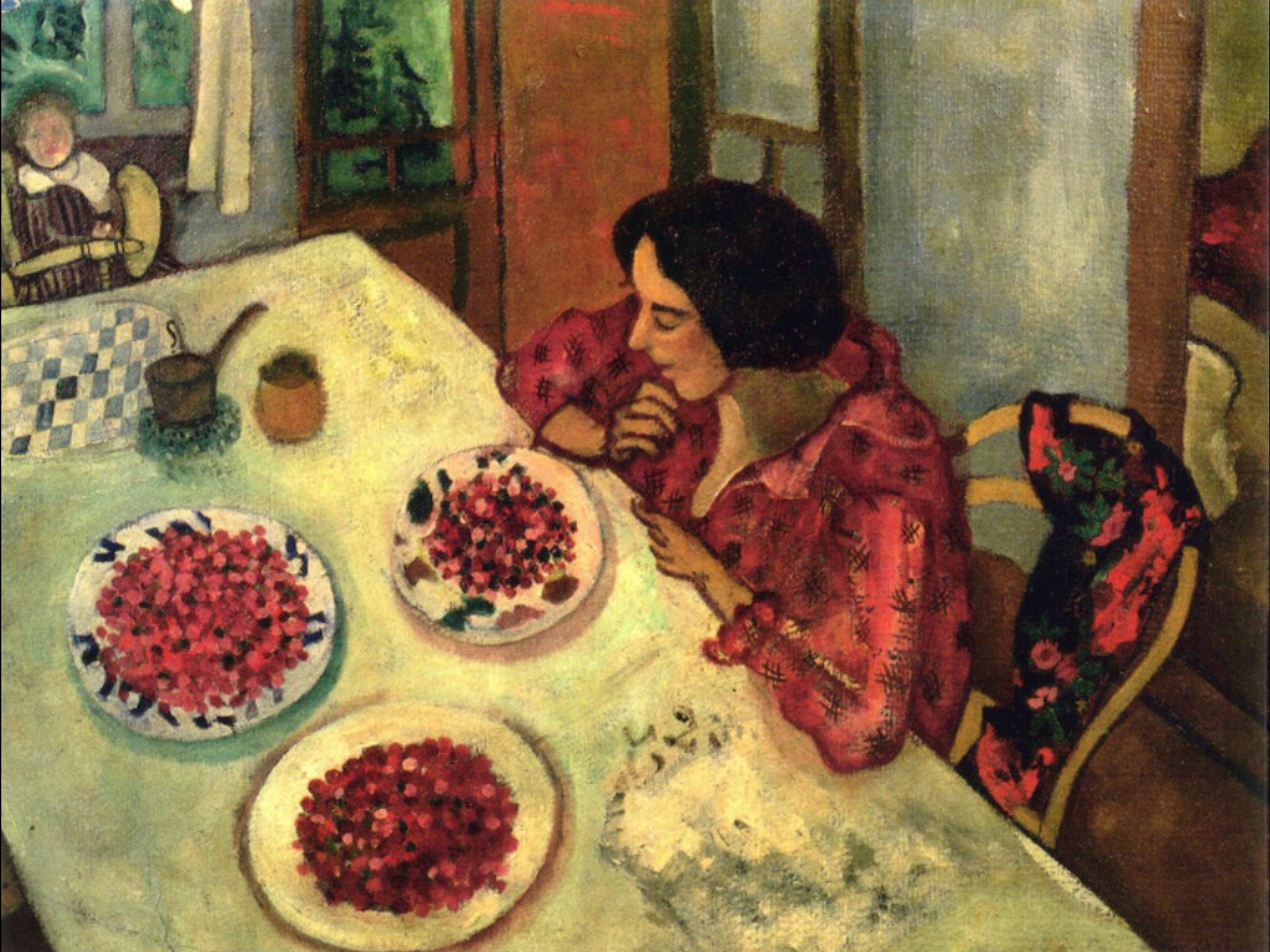Strawberries, often seen as a gift from the gods and a symbol of creativity, have captured the imagination of artists and musicians throughout history. The iconic song “Strawberry Fields Forever” by The Beatles immortalised the enchantment surrounding these summery fruits. Originating from John Lennon’s nostalgic memories of Strawberry Field, a Salvation Army charity children’s home in Liverpool, the song resonates whenever the word “strawberry” is mentioned.
The Beatles spent weeks in the studio experimenting with different versions of “Strawberry Fields Forever,” incorporating elements such as varying tempos, moods, and musical keys. The resulting composition, accompanied by a groundbreaking promotional film, would shape the emerging psychedelic rock genre. Lennon, inspired by his experiences with LSD and Hindu teachings on illusion, considered the song his greatest work.

The strawberry’s sensuous allure extends beyond music and into art and pop culture. Films like “Pretty Woman” feature strawberries as provocative symbols of seduction. The fruit’s erotic connotations can be traced back to ancient Rome, where strawberries were associated with Venus, the goddess of love, sex, beauty, and fertility. Their vibrant red colour, tantalising taste, and tempting fragrance made them popular gifts to enhance sexual pleasure.
Throughout history, strawberries have appeared in the works of poets, painters, and writers. Ancient Roman poets praised wild strawberries as gifts from the gods, while William Shakespeare invoked their symbolism in his plays. The fruit found its place in religious paintings, often associated with the Virgin Mary and Baby Jesus, representing both maternity and virginity.
Artists such as Katsushika Hokusai, Zinaida Serebriakova, Auguste Renoir, and Marc Chagall have incorporated the strawberry motif into their paintings, showcasing its allure and symbolism. Lucian Freud‘s aptly titled painting “Strawberries” reflects his fascination with the fruit’s imagery and the intensity it evokes. Hieronymus Bosch’s triptych “The Garden of Earthly Delights” features surrealistic representations of strawberries, relating themes of sensuality and desire.

The cultivation of strawberries has a fascinating history as well. The modern garden strawberry we know today originated from a crossbreeding of varieties brought to Europe from Chile and Virginia in the 18th century. Native Americans in the Americas had been enjoying smaller wild strawberries for centuries. This fortuitous hybridisation resulted in larger, plump, heart-shaped strawberries that are now widely cultivated.
However, there are concerns about the environmental impact of strawberry cultivation. Activists in Huelva, Spain, have criticised strawberry farms near the Donana National Park for illegally diverting water to irrigate crops year-round. This practice threatens the fragile ecosystem of the park, prompting environmentalists to call for action to protect the area.
Despite such concerns, the love affair with strawberries is unlikely to wane. Legends of serving cold strawberry soup as an aphrodisiac and sharing a strawberry to fall in love continue to add to the fruit’s allure. As a member of the rose family, high in vitamin C, and botanically classified as a “false fruit,” strawberries remain an irresistible symbol of beauty, pleasure, and creativity.
Strawberries, with their vibrant red hue, intoxicating taste, and tantalising fragrance, have inspired artists and ignited passion throughout history. Their association with love, sensuality, and fertility continues to captivate the imagination, making them a timeless muse for creative expression.

Contributor





